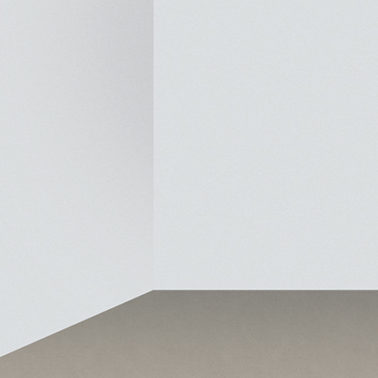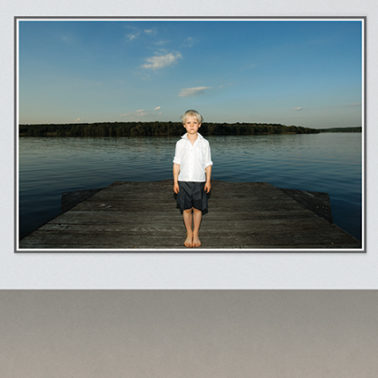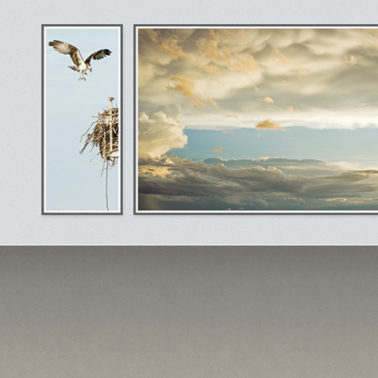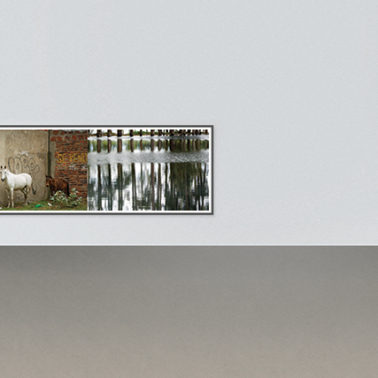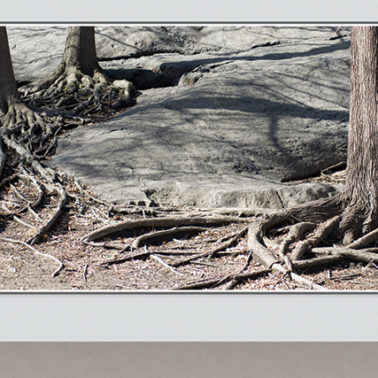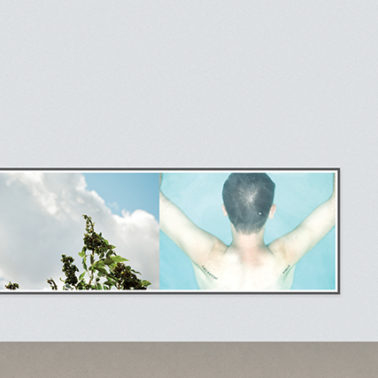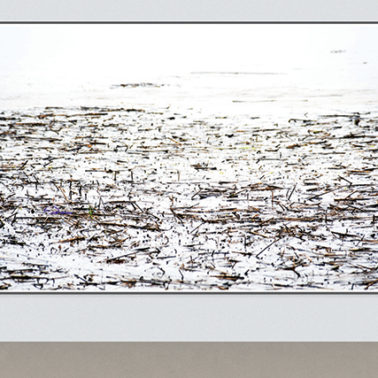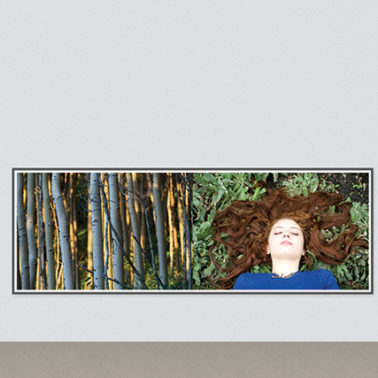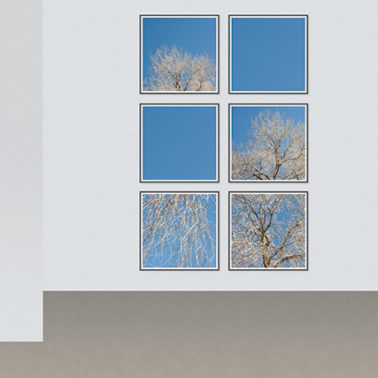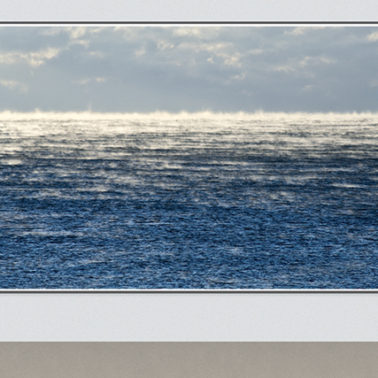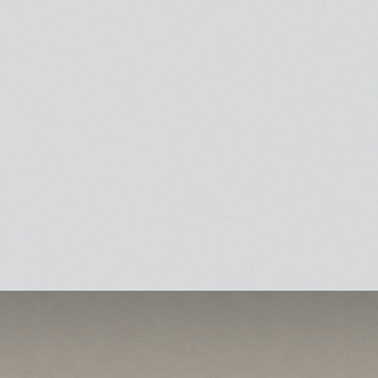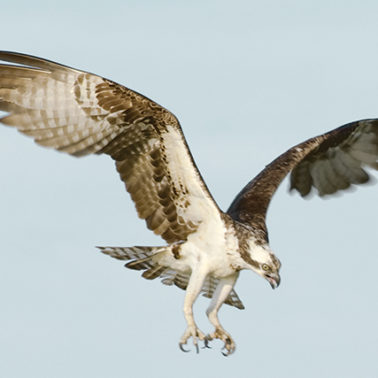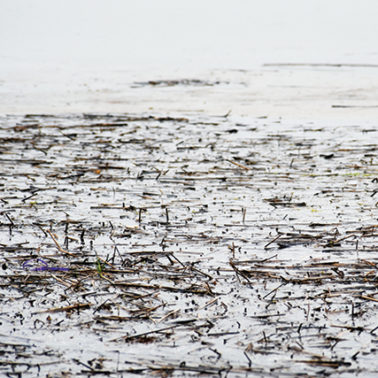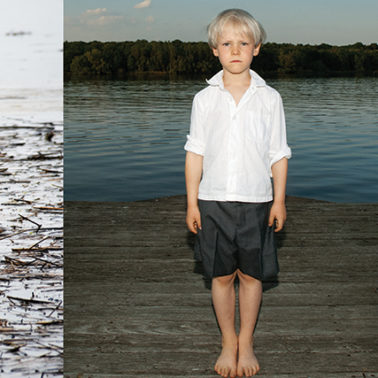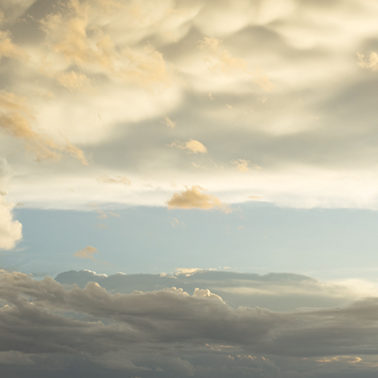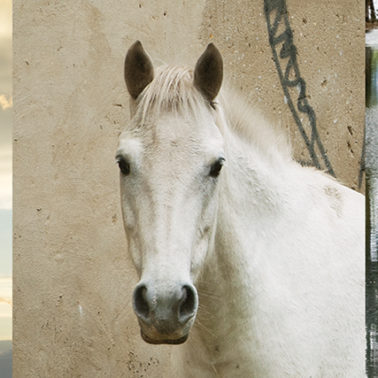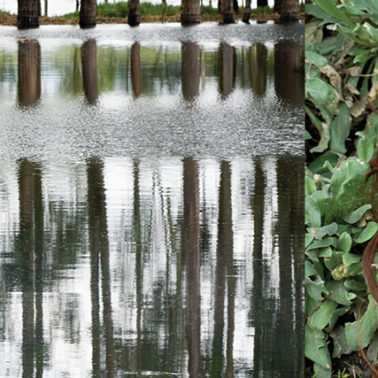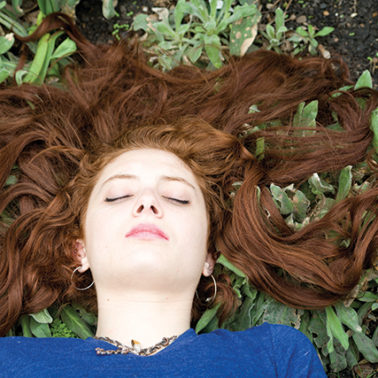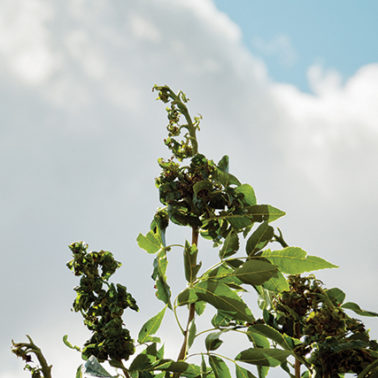Limited Edition Prints
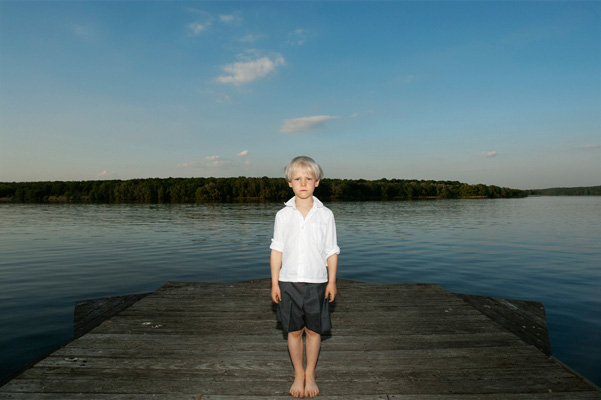
Plate #1
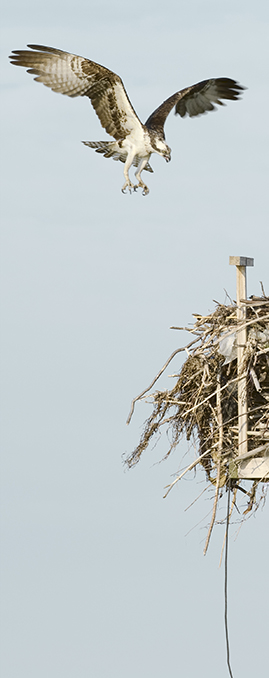
Plate #2
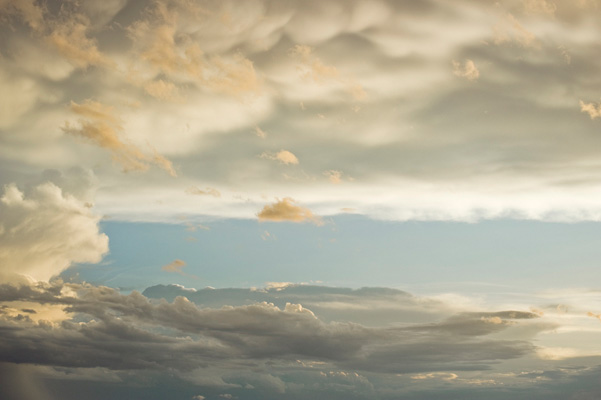
Plate #3
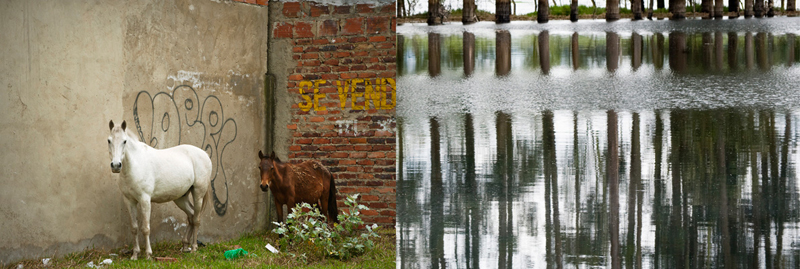
Plate #4
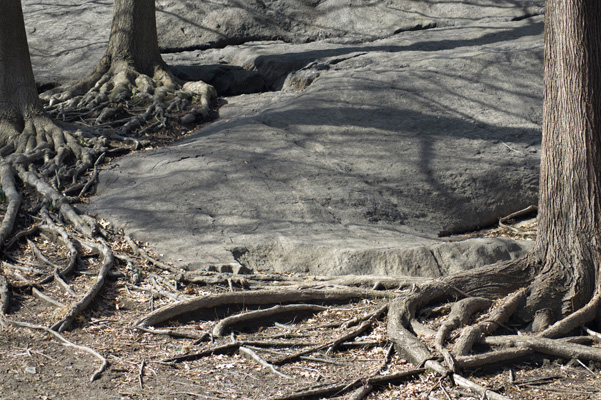
Plate #5

Plate #6
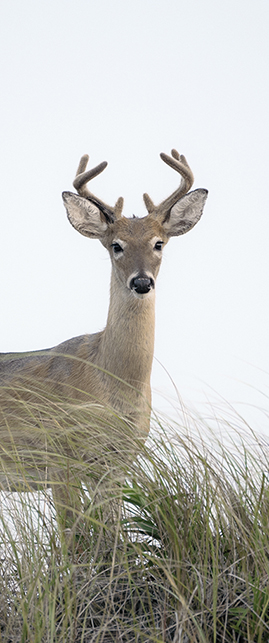
Plate #7
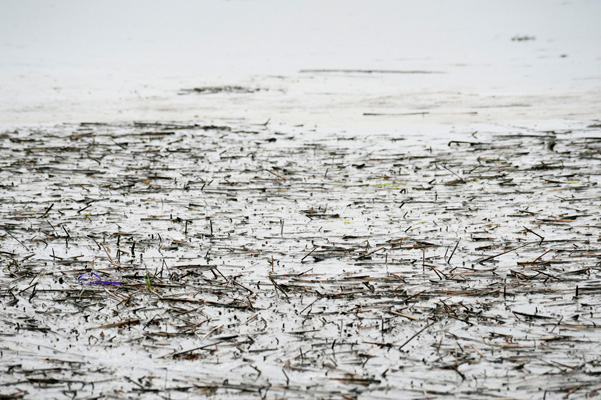
Plate #8

Plate #9
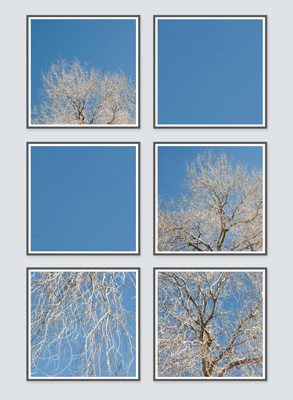
Plate #10
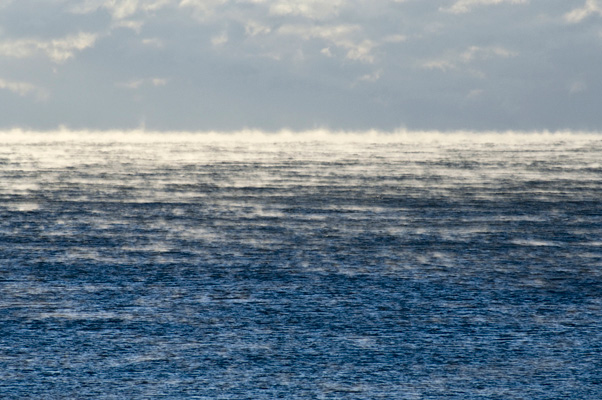
Plate #11
Transience
David Anfam
Essay for the book (Radius Books), and large-scale photo installation by Renate Aller, dicotyledon.
From its beginnings, photography has sought what must always be a pyrrhic victory: to wrest fixity from the flux of appearances. Put philosophically, the medium aspires to impose being upon becoming. This is why, as Susan Sontag and many others have observed, the implicit matrix underlying a photograph is that paradigm of Western thought, Plato’s allegory of the cave. In Plato’s cave, shadowy surfaces and traces entrance human beings even as they yearn for some higher, immutable truth shining from elsewhere. Whether it be the quickest snapshot on a mobile phone or the monumental panoramas created by Thomas Struth and Andreas Gursky, one common trait obtains. Each voices—albeit altogether differently—what Hart Crane memorably discerned in Alfred Stieglitz’s images. An urge to make the moment eternal. Such a wish is, of course, self-defeating. Why? Regardless of whether the little jpeg or the large cibachrome print physically survives for a second or forever, we do not. Living in time, we experience art, no matter how vivid its presence, in passing. As the old jingle has it, “Time goes you say? Ah no! Alas, time stays, we go.” Ars longa, vita brevis. To my eye, Renate Aller’s work draws its cool emotionalism from this aspect of the human condition.
Romanticism provides the background for Aller’s photographs. From Keats’s Grecian Urn to Faust’s “Verweile doch, du bist so schön!” and such latter day offspring as Bo Widerberg’s film Elvira Madigan (1967), “the Romantic agony” (as the cultural historian Mario Praz described it) has fed upon the conflict between passing clock time (chronos) and a more subjective or spiritual sense of duration (kairos). Indeed, for every Newtonian bid to measure the world with clinical detachment—from the Enlightenment, through the Industrial Revolution, and unto the virtual present—there has been a Blake or Novalis for whom, once the doors of perception are cleansed, that selfsame reality waxes infinite. In instances as various as Constable’s clouds, Turner’s seas, American Luminism’s preternatural clarity, Runge’s enchanted Times of Day cycle and Friedrich’s mists or mornings, Romantic painting explored this dichotomy, swinging between empiricism and the ideal. So does Aller’s camera. She bestows upon people and landscape an uncanny aura, though the subjects remain resolutely themselves in their minute detail and iconic immediacy. Consequently, they are at once theatrical (that is, confrontational, as Michael Fried defined the term) and oddly self-effacing in the tradition of Daguerre’s aim to “rob nature” in order to “produce the most complete illusion”. Water and sky, faces, flora and fauna here stand before us like nouns, the taxonomy for some natural history whose ultimate purpose is obscure. The German poet Rainer Maria Rilke knew this strange mix of facticity and unbelonging. Aller’s deer, osprey and horse recall the sentient watchers of The First Elegy:
and already the knowing animals are aware
that we are not really at home in
our interpreted world.
To which disquiet Rilke’s Ninth Elegy replied:
Perhaps we are here in order to say: house,
bridge, fountain, gate, pitcher, fruit tree, window…
But to say them you must understand,
oh to say them more intensely than the Things themselves
ever dreamed of existing
Dicotyledon has something of this Rilkean acuity towards a latent unease about our place in the scheme of things.
Aller orchestrates a strange colloquy in which the participants congregate but do not converse. Ancient roots oppose empty blue sky; a bird of prey hovers, ambiguously, above a nest; a dreamer lies beside a dark wood; and a child turns his back on a twilit landscape, confronting us. There seems to be a plot without any narrative. The parts have an order though they are not in order. What is missing is a larger whole, a site in which these isolates can be at home. Instead they are refugees from an absent Heimat. Beauty, desire and loss are at stake. They were, too, when Sigmund Freud took a summer walk through a “smiling countryside” in 1913 on the eve of the Great War. The result was his meditation, On Transience, in which the gloomy thoughts of his fellow traveler that day—disturbed “that all this beauty was fated to extinction”—led Freud to conclude that transitoriness increases, rather than diminishes, the value of existence and things. It may be coincidence that the psychologist’s companion then was the young Rilke. More certain, however, is that Aller’s vision is a twenty-first century heir to this ancestry of loveliness and poignant longing.
© Art Ex Ltd 2012
David Anfam’s many publications include Mark Rothko: The Works on Canvas—A Catalogue Raisonné (1998), Willem de Kooning: Garden in Delft (2004), No Limits, Just Edges: Jackson Pollock—Paintings on Paper (2005) and Anish Kapoor (2009). In 2003 Anfam was the Henry Luce Visiting Professor in American Art, Rose Art Museum, Brandeis University. Anfam has also curated Bill Viola’s Ocean Without a Shore for the 52nd Venice Biennale. His awards include the Mitchell Prize for the History of Art (2000) and The Umhoeffer Prize for Achievement in Humanities (2009). Anfam is currently Commissioning Editor for Fine Art at Phaidon Press and Adjunct Curator, Clyfford Still Museum, Denver.
Aline Smithson on dicotyledon:
“When I first experienced Renate Aller’s Oceanscapes several years ago, her stunning large-scale photographs seemed to shimmer with waves of light and reflection, and the printing was impeccable. I am not the only one to admire these water scapes, the New Mexico Museum of Art has one on exhibition, and the Lannan Foundation is devoting an entire room to this work. In addition, Paul Roth of the Corcoran Gallery of Art in Washington DC has added 3 large oceanscapes into their collection and will be showing them from June to October in the show “The Deep Element”.
Renate has a new body of work, dicotyledon, that is an extension and a parallel development to Oceanscapes that investigates the relationship between Romanticism, memory and landscape “in the context of our current socio-political awareness”. The work is currently on display at the Adamson Gallery in Washington DC, through May 31st.
With dicotyledon, Renate looks at nature as a stage set, and presents work rooted in sentimentality and recollection, giving us flashes of beauty and the natural world.”
Aline Smithson, LENSCRATCH (http://www.lenscratch.com/2012/05/renate-aller.html)
